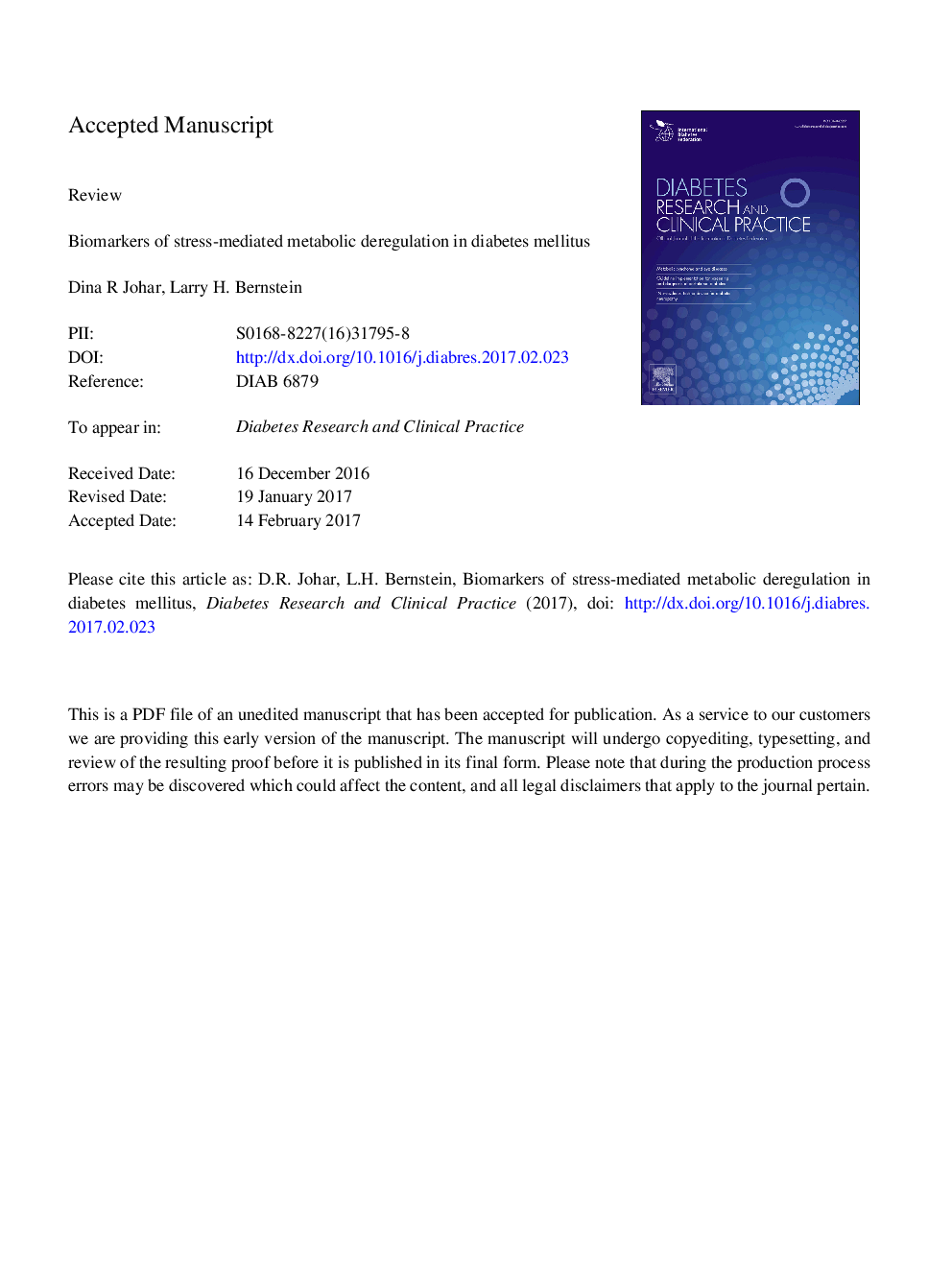| Article ID | Journal | Published Year | Pages | File Type |
|---|---|---|---|---|
| 5587079 | Diabetes Research and Clinical Practice | 2017 | 21 Pages |
Abstract
This review illustrates the relationship of oxidative and nitrative stress to diabetes mellitus and its complications. This is of considerable interest because diabetes mellitus is a lifetime systemic metabolic disease that may have childhood or adult onset and affects not only a triad of pancreatic islet cell insulin, pituitary insulin-like growth hormone, and liver steatosis, it has a long-term association with adiposity, atherosclerosis, coronary vascular disease, kidney disease of the nature afferent arteriolar sclerosis and nodular glomerulosclerosis, cerebrovascular disease, and amyloid deposition in the pancreas and kidney. Only at the end of the 20th century do we gain insight into oxidative and nitrative stress and their consequences. Of special interest here is the fact that reactive oxygen and nitrogen radicals are with us generated throughout the life cycle, and the roles for glutathione and Fe3+ are key elements in the metabolic picture, which brings into the picture dietary factors. More research is required to demonstrate the clinical relivance of naturally-occuring whole-food antioxidants in ameliorating human diabetic complications in vivo.
Keywords
OLETFTBARSiNOSPPARγSeCyseNOSSIRTnNOSTTRTLR4sirtuinRXRcNOSNOS3O-GlcNAcα-TRetinoid X receptor alphaN-acetylglucosaminyltransferaseMDA-SHkiloDaltonkDamTORGSHCRTC2NADPHCATflavin adenine dinucleotideα-TocopherolAntioxidantsNitrative stressHumanFADThiolAnimalDiabetes mellitusoxygen free radicalsSODSelenocysteineendothelial nitric oxide synthaseinduced nitric oxide synthaseneuronal nitric oxide synthaseconstitutive nitric oxide synthaseSuperoxide dismutasemalondialdehydeNitric oxide synthase 3nicotinamide adenine dinucleotide phosphatemammalian target of rapamycinCatalasePeroxisome proliferator-activated receptor gammaGlutathioneToll-like receptor 4
Related Topics
Life Sciences
Biochemistry, Genetics and Molecular Biology
Endocrinology
Authors
Dina R. Johar, Larry H. Bernstein,
